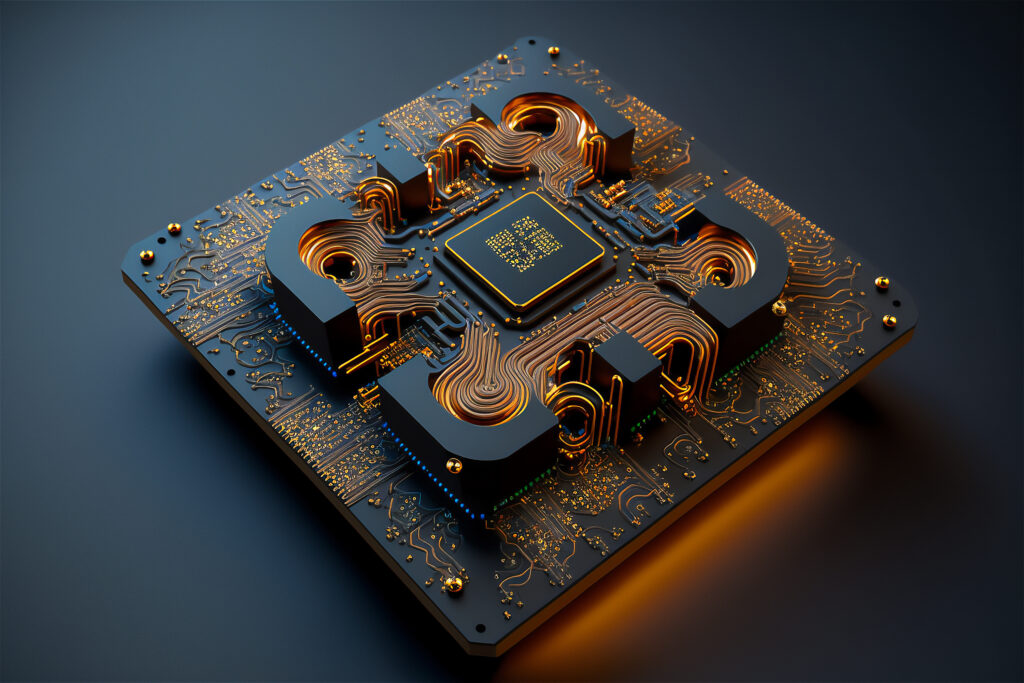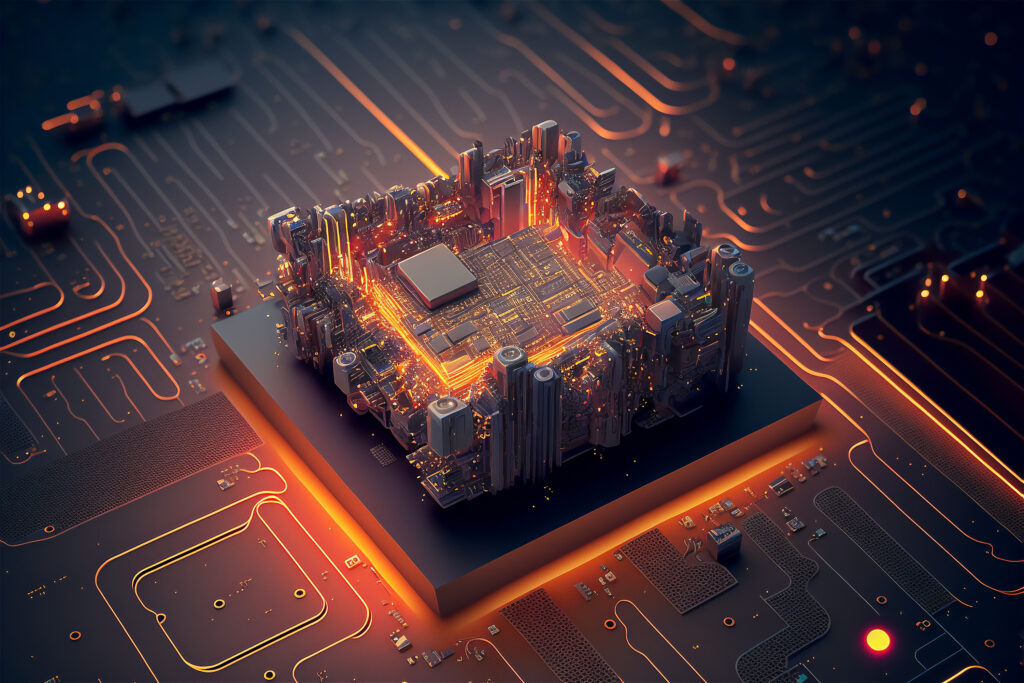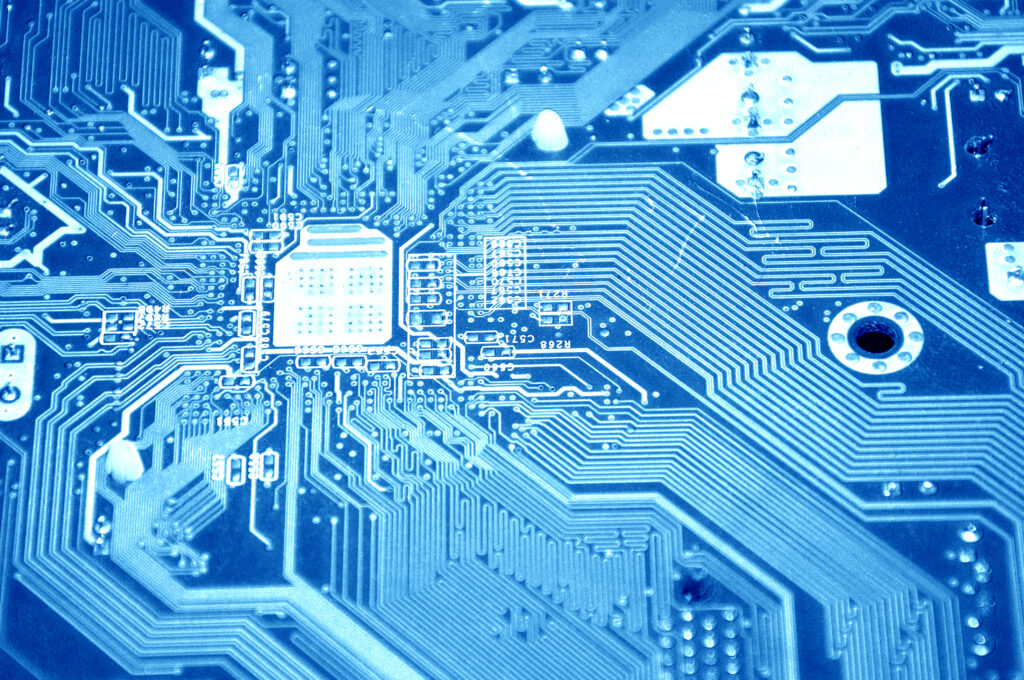In the past decades, semiconductor technology has played the most significant part in changing and revolutionizing how renewable energy is developed. By enhancing solar panel effectiveness to optimize wind turbine power electronics, the semiconductor industry plays a core backbone in achieving clean energy. This blog illustrates how advances in semiconductor technology further the renewable energy revolution. The lead companies in this semiconductor revolution are companies like NanoGenius Technologies. They are innovating new solutions aligned with the evolving renewable energy market and currently paving the way toward executing a new world order. Through their competence, they ensure that clean energy is not just a vision for tomorrow but a reality today. With their contributions, the transition to a sustainable energy future is becoming more achievable every day.
Innovations Driving Renewable Energy Efficiency
Because of semiconductor innovations, the renewable energy sector has gone through significant improvement. Here are some of the key advancements:
- High-Efficiency Solar Cells
The silicon-based solar cells achieved efficiencies of around 20-25%. The use of advanced materials such as perovskites and multi-junction cells achieved efficiency levels higher than 40% in laboratories. These semiconductors allow better absorption of light and charge transport to make solar energy more viable at large scales.
Companies like NanoGenius Technologies are the epitome of revolution. With knowledge in ASIC design and semiconductor fabrication, they are developing customized solutions for solar energy applications. Their inventions not only enhance solar energy conversion rates but also help reduce the manufacturing cost, making solar power accessible to all.
- Wide-Bandgap Materials
SiC and GaN are materials that revolutionized power electronics. Compared to Si, they exhibit higher thermal conductivity, breakdown voltage, and efficiency. These attributes make them particularly suitable for use in inverters and converters in renewable energy systems. These devices are critical as they ensure less energy loss at the time of transmission and conversion.
For example, wind turbines equipped with SiC-based inverters can increase the energy output as power loss is reduced. Electric vehicles, mostly dependent on renewable energy charging stations, benefit from GaN-based fast chargers.

- Advanced Energy Storage Systems
With renewable energy systems, energy storage is the backbone, and semiconductor technology has helped upgrade the efficiency and performance of batteries. For example, here are how semiconductor innovations differ significantly in the field:
- Improvements in lithium-ion batteries: Advances made in semiconductor material have helped lithium-ion batteries as well. Such advanced semiconductor material-infused lithium-ion batteries last much longer, suffer more charge cycles, and carry a higher level of energy density. This translates to more energy being stored in a smaller space, making the battery more efficient and reliable for many applications.
- Solid-State Batteries: Other driving forces of this technology include semiconductor technology. Such batteries use a solid electrolyte instead of liquid and are more secure, with longer lifespans and a higher energy-to-weight ratio, compared to standard lithium-ion cells. The high precision in the optimization of materials utilized in such cells is possible because of semiconductors. This, therefore, makes it more reliable and efficient.
- Power Management Chips: Yet another significant contribution from semiconductors comes in the form of power management chips. They essentially facilitate efficient battery charging and discharge operations, through efficient flow control of energy into and out of the battery, which will yield optimal battery-wide energy use for any possible flow.
NanoGenius Technologies has developed better energy-efficient circuits and layouts and has played an important role in the creation of smarter and more reliable BMS solutions for renewable energy storage.
- Microgrid and Smart Grid Integration
The introduction of smart grids, fueled by semiconductors, has revolutionized energy distribution. With the smart grid, integration with renewable sources can be smoothly merged with conventional power grids. A stable supply and efficient distribution are ensured, but semiconductor-based sensors, microcontrollers, and communication chips provide performance monitoring and management.
NanoGenius Technologies has been ahead of the pack in developing semiconductor solutions that help manage the grid intelligently. Their work in circuit design and FPGA-based processing has largely contributed to the scalability and resilience of smart grids.

Challenges and Opportunities
While semiconductor innovations have brought much forefront renewable energy challenges remain. These include:
- Material limitations: Access to and the cost of advanced semiconductor materials, such as gallium nitride, remain limiting factors.
- Thermal management: The reliability and performance of semiconductor devices scale with increasing power densities. As such, thermal management becomes challenging.
- Scale-up: Renewables need a massive investment in semiconductor manufacturing for scaled-up production.
But in this process, these difficulties themselves open opportunities for further research and development. Companies like NanoGenius Technologies are better positioned to find solutions through their dedication to innovation and excellence in semiconductor design and manufacturing.
The Future of Renewable Energy and Semiconductors
In the coming years, the synergetic collaboration between semiconductor inventions and renewable power will continue to strengthen. Key trend drivers include
- Integration to IoT: The Internet of Things (IoT), plays a very high role in being able to add renewable energy; hence, allowing for real-time monitoring and improvement. The basic integration of renewable energy systems rests upon semiconductor inventions.
- The artificial intelligence-based technology, fueled by powerful semiconductor chips, would enhance renewable energy systems. Its ability to forecast energy requirements will allow supply adjustment and efficient utilization.
- The emerging field of quantum computing is an area, where technology holds promise in future designs for enhanced semiconductor power generation in the support of renewable energies.
Conclusion
Semiconductor innovations are driving the renewable energy revolution to be more efficient, reliable, and accessible. From high efficiency in solar cells to smart grids, these technologies shift the nature of energy generation, storage, and consumption. This game is important because some of its active players are companies like NanoGenius Technologies that offer innovative semiconductor technology to meet energy needs.
Looking ahead toward a sustainable future, the semiconductor and renewable energy sectors will have to work together to achieve global energy objectives. With persistent creative thinking and financing, the aspirations for a better and cleaner world will undoubtedly come true.

